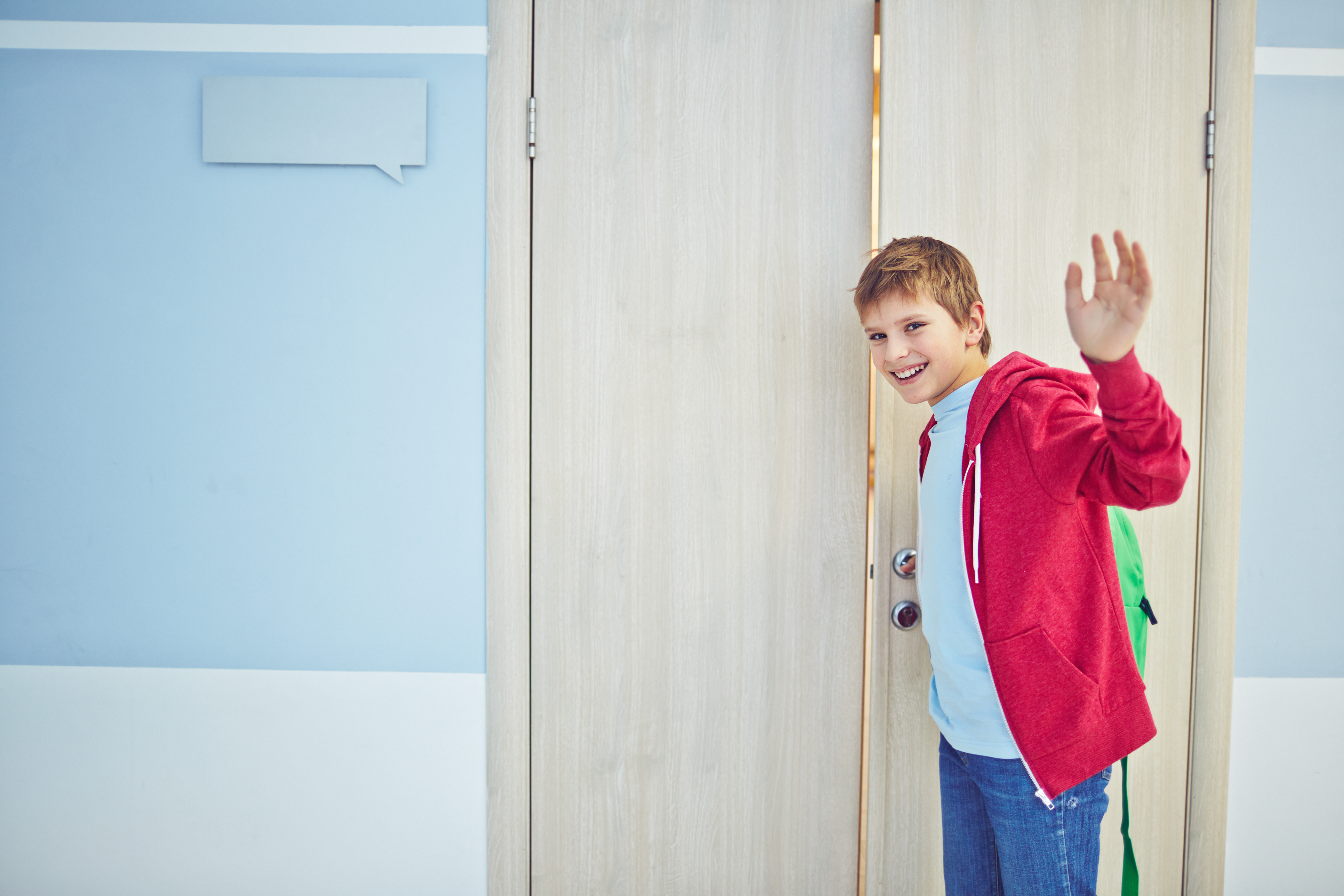In today’s fast-paced world, noise pollution is a growing concern. Whether you’re working from home, recording music, or simply seeking peace, a soundproof door can make a significant difference. This guide explores the benefits, types, and installation tips for soundproof doors, ensuring you choose the best option for your needs.
Why Choose a Soundproof Door?
A soundproof door is designed to block unwanted noise, providing a quieter and more comfortable environment. Here’s why you should consider one:
- Noise Reduction – Blocks external sounds like traffic, loud neighbors, or household noise.
- Enhanced Privacy – Ideal for offices, studios, and bedrooms.
- Improved Acoustics – Perfect for home theaters and recording studios.
- Energy Efficiency – Many soundproof doors also provide thermal insulation.

Types of Soundproof Doors
Not all doors offer the same level of noise reduction. Here are the most effective types:
1. Solid Core Doors
- Made from dense materials like wood, metal, or composite.
- More effective than hollow-core doors at blocking sound.
2. Acoustic Doors
- Specifically designed for maximum soundproofing.
- Often used in recording studios and theaters.
3. Double Door Systems
- Two doors with an air gap in between for superior noise reduction.
- Common in professional sound studios.
4. Weatherstripped Doors
- Features seals around the edges to prevent sound leaks.
- Great for reducing external noise infiltration.
Key Features of an Effective Soundproof Door
When selecting a soundproof door, consider these essential features:
- Material Density – Heavier materials block more sound.
- Sealing Mechanism – Ensures no gaps for sound to escape.
- Thickness – Thicker doors (1.75” to 2”) offer better insulation.
- STC Rating – Look for a Sound Transmission Class (STC) rating of 30+ for effective noise reduction.
How to Install a Soundproof Door
Proper installation is crucial for maximum performance. Follow these steps:
- Remove the Old Door – Ensure the frame is intact.
- Seal Gaps – Use acoustic sealant around the frame.
- Install Weatherstripping – Apply door sweeps and gaskets.
- Hang the New Door – Ensure a snug fit with no air leaks.
- Test for Sound Leaks – Play music inside and check for noise outside.
DIY Soundproofing Tips for Existing Doors
If replacing your door isn’t an option, try these DIY methods:
- Add Mass-Loaded Vinyl (MLV) – Attach to the door for extra density.
- Use Door Sweeps – Blocks sound from entering underneath.
- Install Acoustic Panels – Helps absorb sound waves.
- Apply Soundproof Curtains – Heavy curtains can reduce noise transmission.
Best Places to Use a Soundproof Door
A soundproof door is beneficial in various settings:
- Home Offices – Minimizes distractions for better productivity.
- Bedrooms – Ensures peaceful sleep.
- Recording Studios – Enhances audio quality by blocking external noise.
- Home Theaters – Improves the cinematic experience.
FAQs About Soundproof Doors
1. How much does a soundproof door cost?
Prices range from 200to2,000, depending on materials and STC rating.
2. Can I soundproof an existing door?
Yes, using weatherstripping, MLV, or acoustic panels can improve soundproofing.
3. What is the best STC rating for a soundproof door?
An STC rating of 40+ is ideal for blocking loud noises.
Conclusion
A soundproof door is an excellent investment for noise reduction, privacy, and comfort. Whether you choose a solid-core door, an acoustic door, or a double-door system, ensure proper installation for the best results. For those on a budget, DIY solutions like weatherstripping and MLV can also enhance soundproofing.
Upgrade your space today with a high-quality soundproof door and enjoy a quieter, more peaceful environment!

